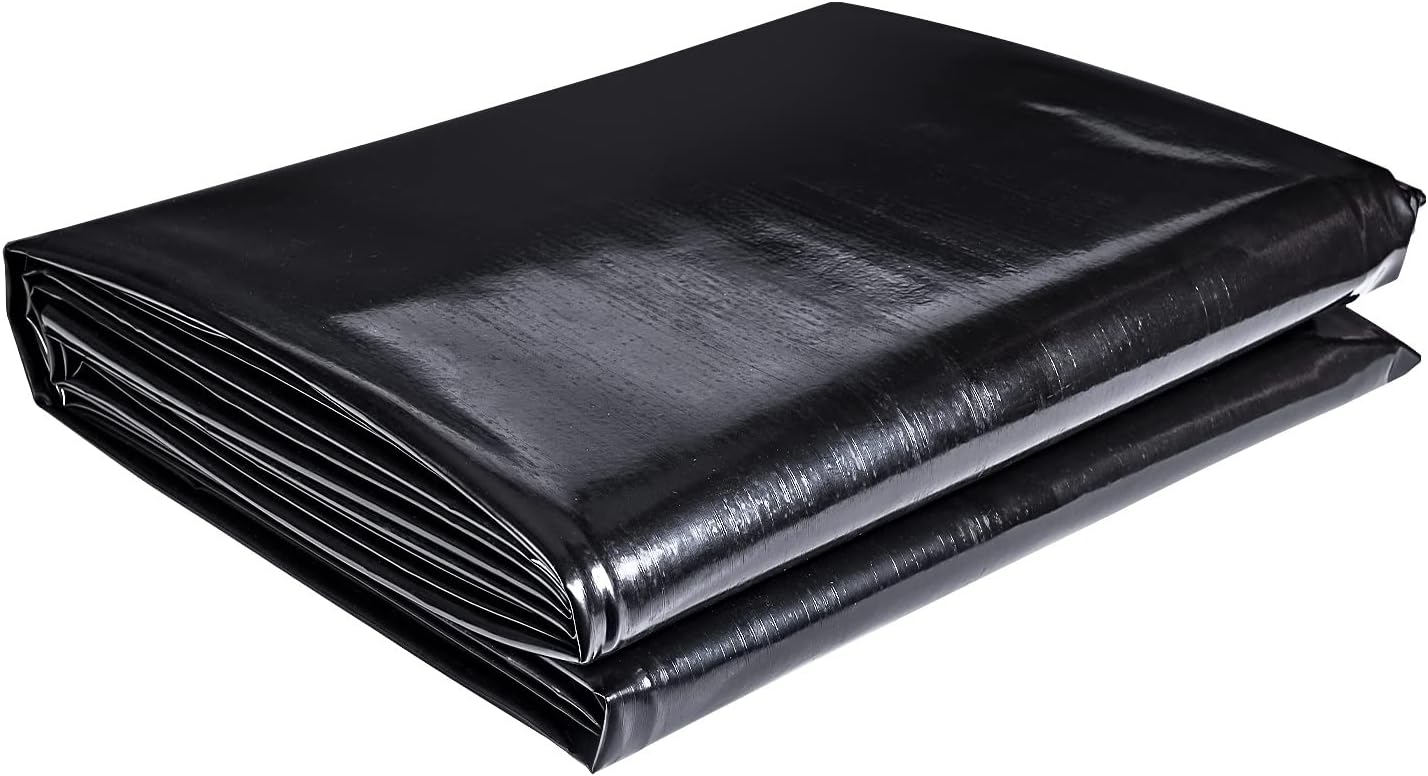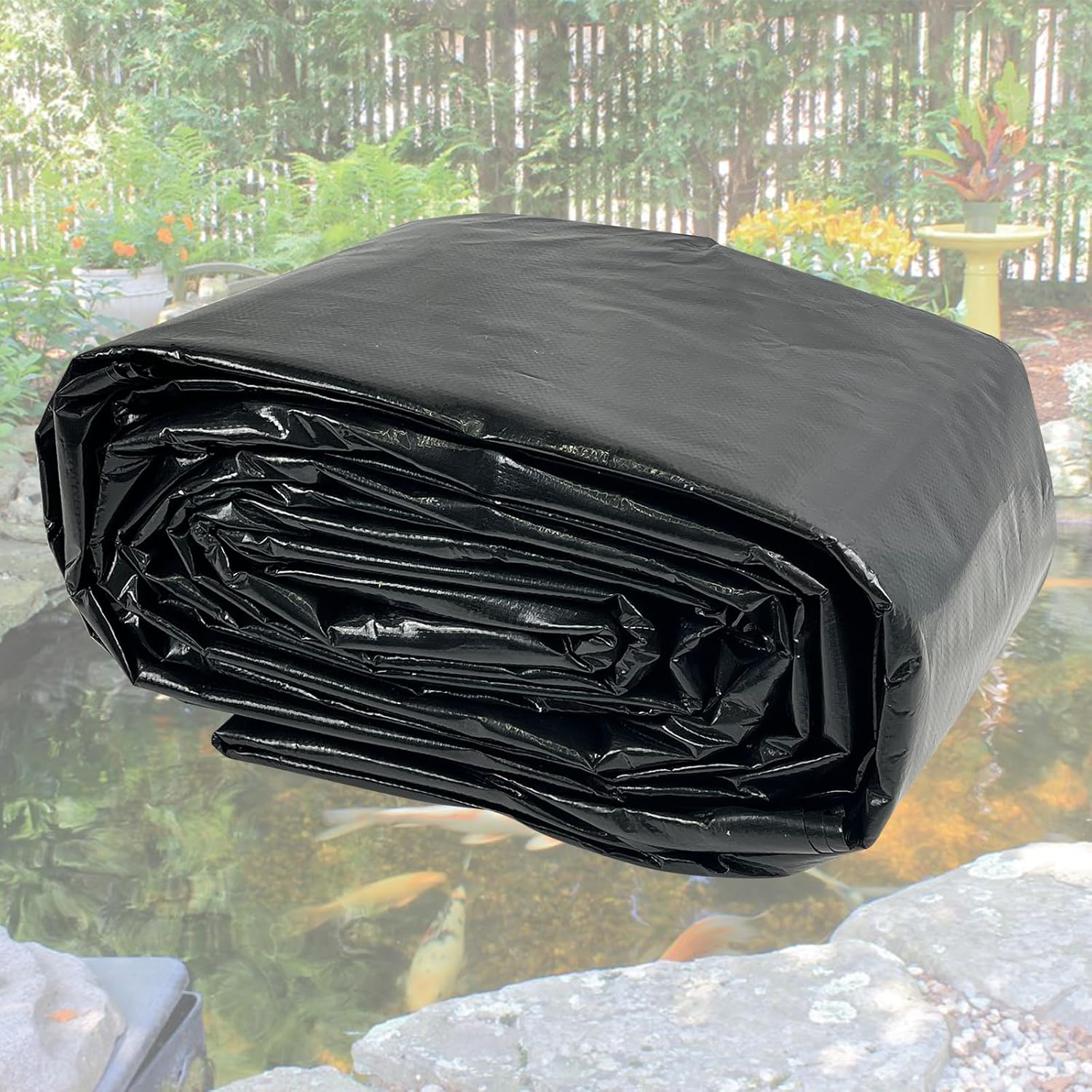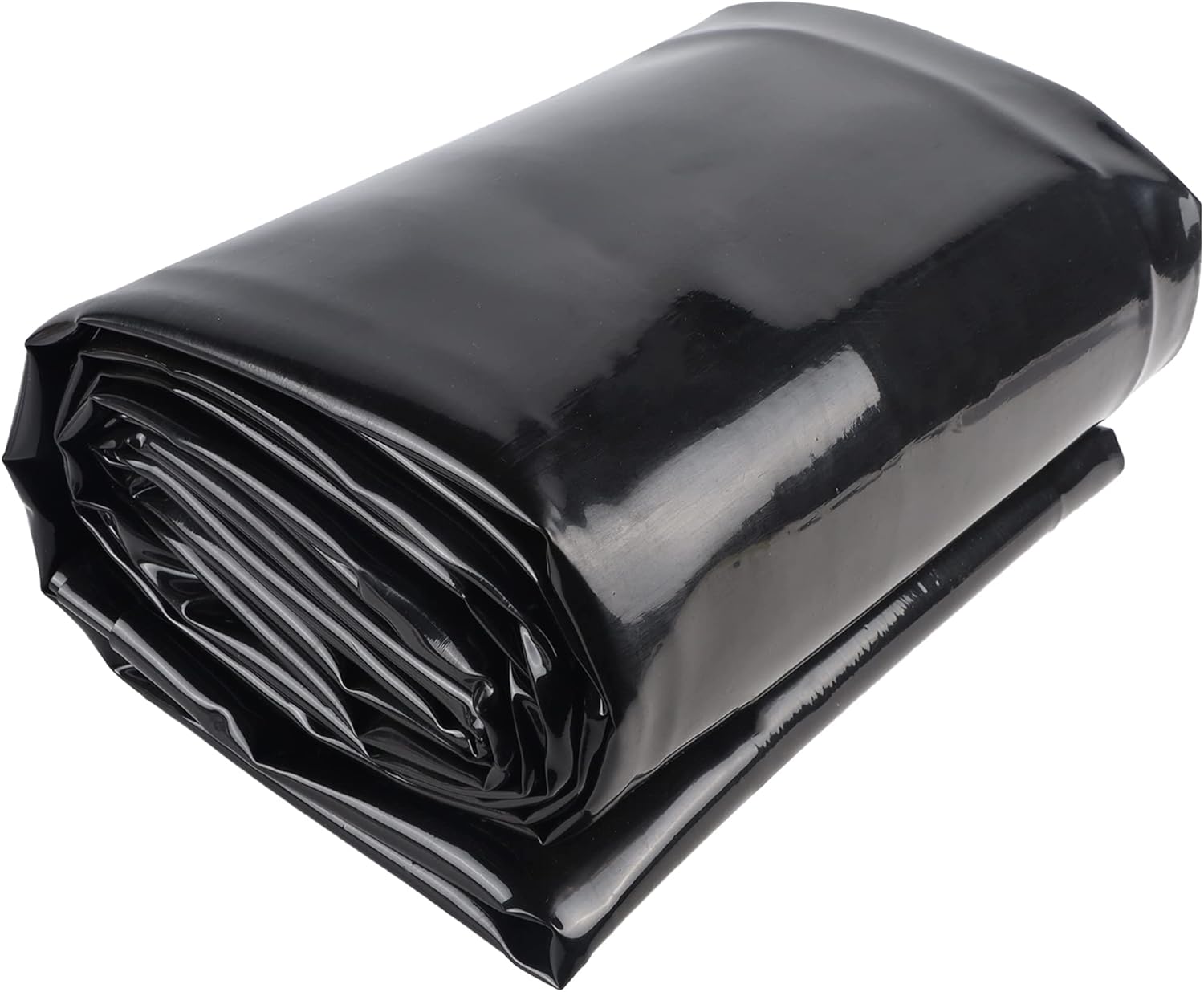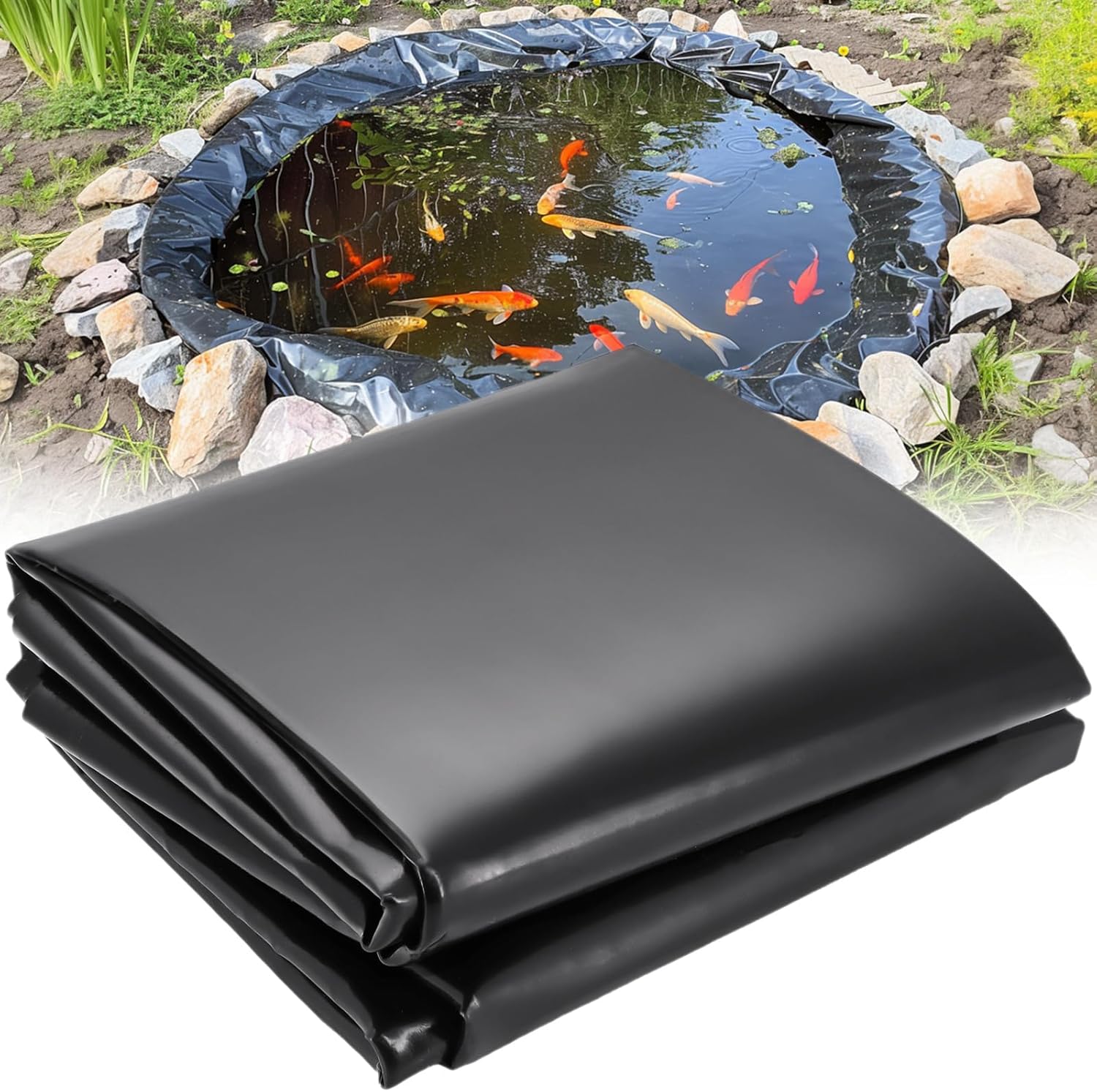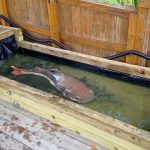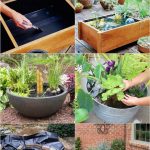Creating a small fish pond with a waterfall can add a beautiful and serene touch to any outdoor space. Not only does it provide a relaxing ambiance, but it also offers a habitat for fish and other aquatic life. If you’re considering adding this feature to your garden or backyard, this step-by-step guide will help you bring your vision to life.
5 Best Durable Pond Liners For Outdoor Ponds, Garden Fountain, And Waterfall
1. Plan and Design
Before you start digging, it’s essential to plan and design your small fish pond with a waterfall. Consider the size and location of the pond, the type of fish you want to keep, and the materials you’ll need. Sketch out your ideas and visualize how you want the finished pond to look.
2. Choose the Location
Find a suitable location for your small fish pond with a waterfall. Look for an area with enough space and access to sunlight. Ensure that the ground is level and free from any underground utilities. Consider the proximity to electrical outlets if you plan to incorporate lighting or a pump for the waterfall.
3. Gather Materials
Once you have a plan and a location, gather the necessary materials. You’ll need a pond liner, rocks or stones for the waterfall, a pump, tubing, and a filtration system. Consider the aesthetic you want to achieve and choose materials that complement your overall design.

Credit: www.youtube.com
4. Dig the Pond
Using a shovel or a small excavator, start digging the outline of the pond. Dig to the desired depth, making sure to create shelves or ledges for plants and decorations. Keep the soil you remove as it can be used to build up the surrounding landscape.
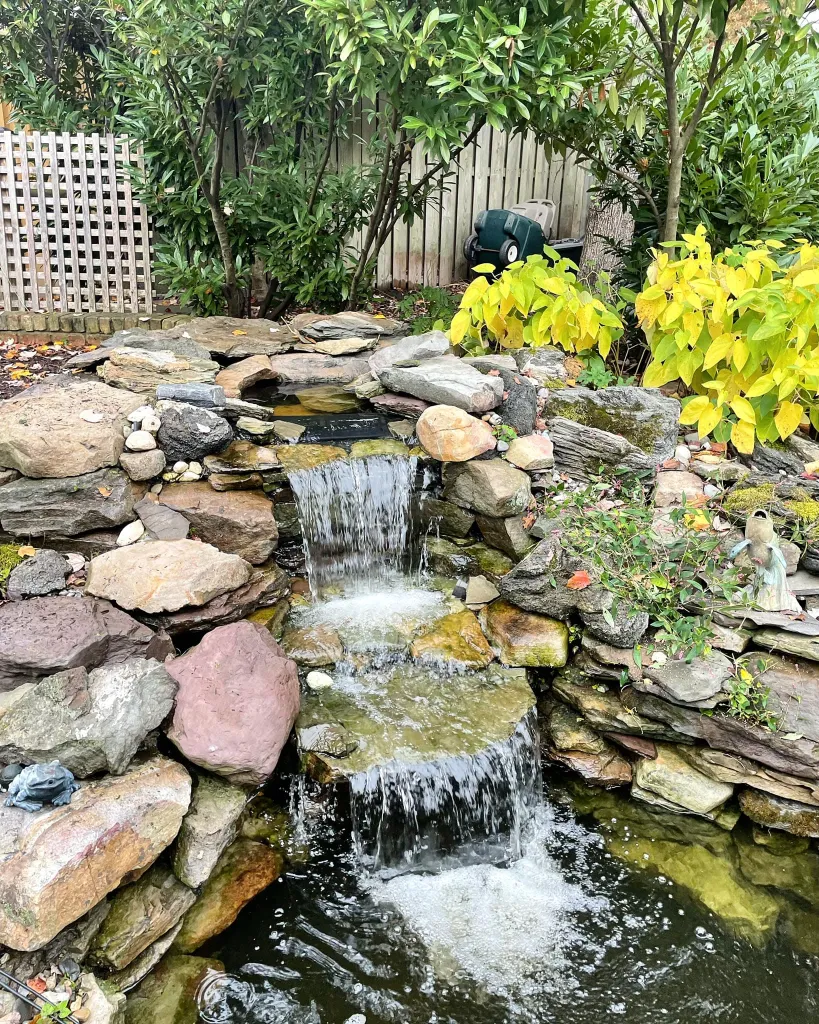
Credit: premierpond.com
5. Install the Pond Liner
Once the hole is dug, carefully install the pond liner. Smooth out any wrinkles and ensure that it fits snugly into the contours of the pond. Trim off any excess liner, leaving a few extra feet around the edges to secure it in place.
6. Create the Waterfall
Position the rocks or stones to create the waterfall. Arrange them in a cascading pattern, ensuring that they are securely stacked to withstand the water flow. Consider the natural flow of water and create a path for it to follow, giving your waterfall a realistic look and feel.
7. Install the Pump and Filtration System
Place the pump at the bottom of the pond and connect it to the tubing that leads to the top of the waterfall. Install a filtration system to keep the water clean and clear for your fish. Test the pump and filtration system to ensure they are functioning properly before proceeding.
8. Add Water and Test the Flow
Fill the pond with water, allowing it to reach the appropriate level. Turn on the pump and observe the flow of water over the waterfall. Make any necessary adjustments to the rocks or pump to achieve the desired water flow and sound of the waterfall.
9. Introduce Fish and Aquatic Plants
Once the pond is filled and the water flow is established, it’s time to introduce fish and aquatic plants. Choose fish species that are suitable for the size of your pond and the climate of your area. Add water lilies, lotus, or other aquatic plants to enhance the natural beauty of the pond.
10. Landscaping and Finishing Touches
Complete the project by landscaping the surrounding area and adding finishing touches. Plant shrubs, flowers, or grass around the pond to blend it seamlessly into the environment. Consider adding lighting to showcase the pond and waterfall during the evening hours.
By following these steps, you can create a stunning small fish pond with a waterfall that will be a focal point of your outdoor space. Not only will it provide a habitat for fish and other aquatic life, but it will also offer a tranquil and visually appealing addition to your garden or backyard.
Remember to maintain the pond by regularly checking the water quality, cleaning the filtration system, and providing proper care for the fish and plants. With proper maintenance, your small fish pond with a waterfall will continue to thrive and bring joy for years to come.




